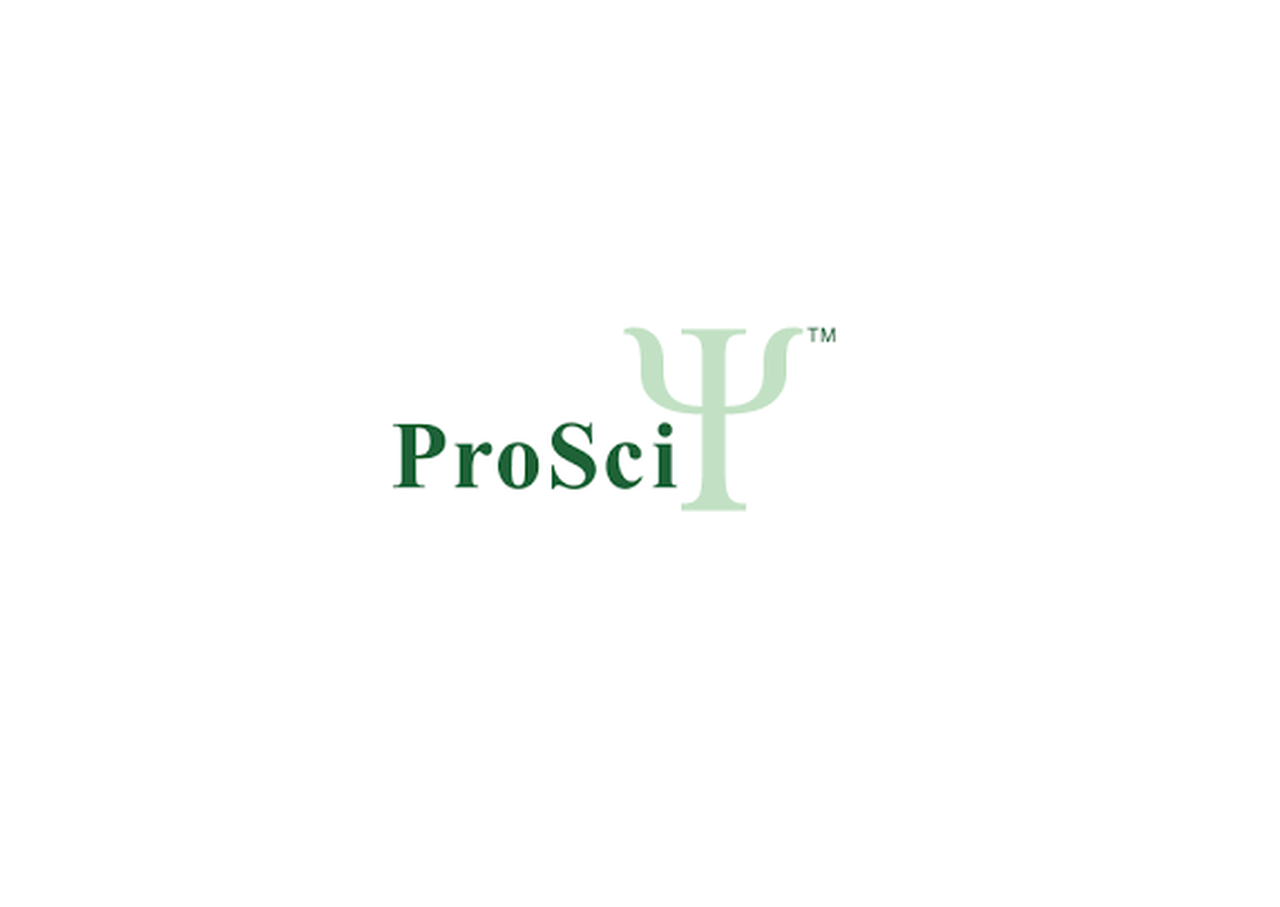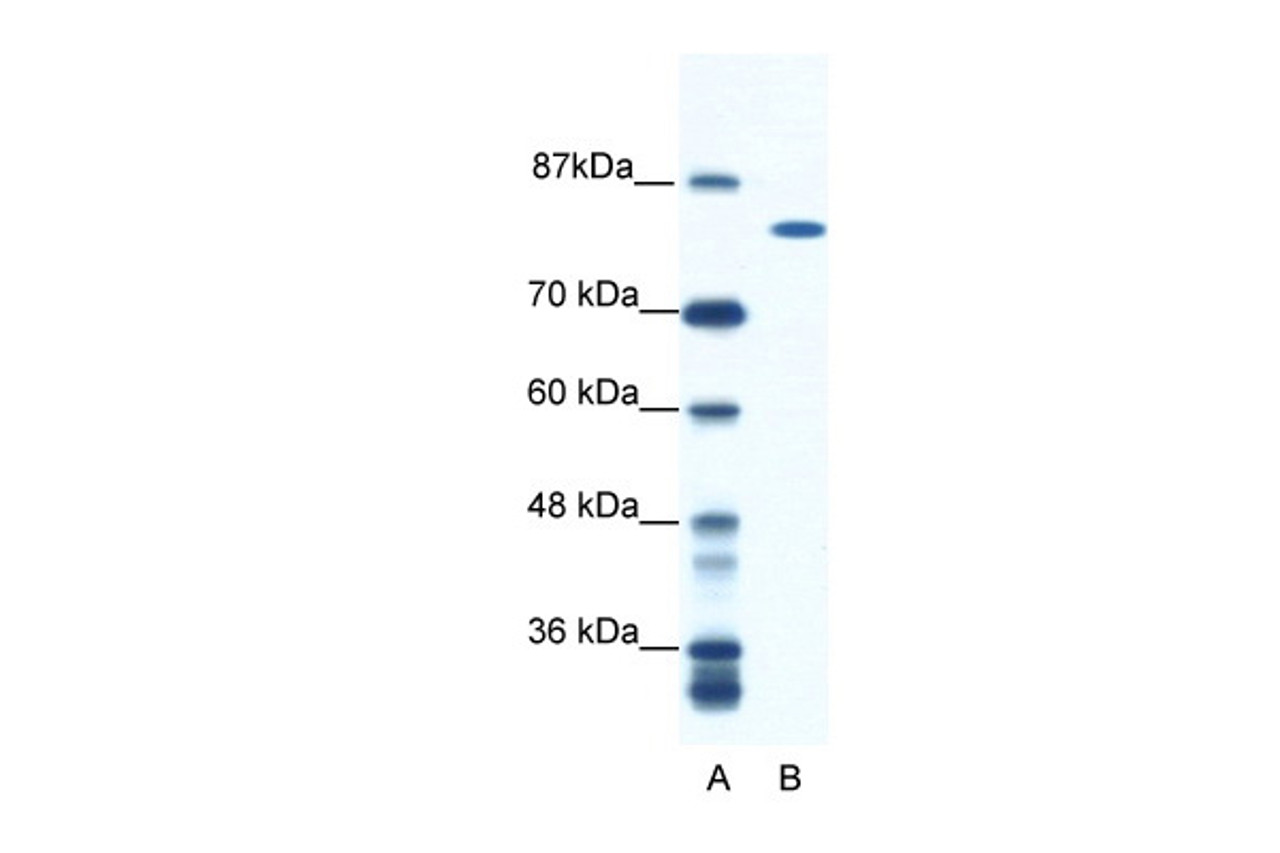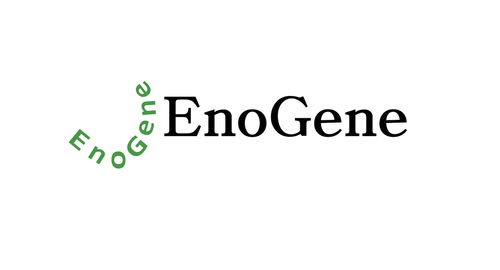Product Description
DHX16 Antibody | 28-723 | ProSci
Host: Rabbit
Reactivity: Human
Homology: N/A
Immunogen: Antibody produced in rabbits immunized with a synthetic peptide corresponding a region of human DHX16.
Research Area: Transcription, Homeostasis
Tested Application: E, WB
Application: DHX16 antibody can be used for detection of DHX16 by ELISA at 1:62500. DHX16 antibody can be used for detection of DHX16 by western blot at 0.125 μg/mL, and HRP conjugated secondary antibody should be diluted 1:50, 000 - 100, 000.
Specificiy: N/A
Positive Control 1: Cat. No. 1205 - Jurkat Cell Lysate
Positive Control 2: N/A
Positive Control 3: N/A
Positive Control 4: N/A
Positive Control 5: N/A
Positive Control 6: N/A
Molecular Weight: 115 kDa
Validation: N/A
Isoform: N/A
Purification: Antibody is purified by peptide affinity chromatography method.
Clonality: Polyclonal
Clone: N/A
Isotype: N/A
Conjugate: Unconjugated
Physical State: Liquid
Buffer: Purified antibody supplied in 1x PBS buffer with 0.09% (w/v) sodium azide and 2% sucrose.
Concentration: batch dependent
Storage Condition: For short periods of storage (days) store at 4˚C. For longer periods of storage, store DHX16 antibody at -20˚C. As with any antibody avoid repeat freeze-thaw cycles.
Alternate Name: DHX16, DBP2, PRP8, Prp2, DDX16, PRPF2, PRO2014
User Note: Optimal dilutions for each application to be determined by the researcher.
BACKGROUND: DEAD box proteins, characterized by the conserved motif Asp-Glu-Ala-Asp (DEAD) , are putative RNA helicases. They are implicated in a number of cellular processes involving alteration of RNA secondary structure such as translation initiation, nuclear and mitochondrial splicing, and ribosome and spliceosome assembly. Based on their distribution patterns, some members of this family are believed to be involved in embryogenesis, spermatogenesis, and cellular growth and division. This gene encodes a DEAD box protein, which is a functional homolog of fission yeast Prp8 protein involved in cell cycle progression. This gene is mapped to the MHC region on chromosome 6p21.3, a region where many malignant, genetic and autoimmune disease genes are linked.
 Euro
Euro
 USD
USD
 British Pound
British Pound
 NULL
NULL










